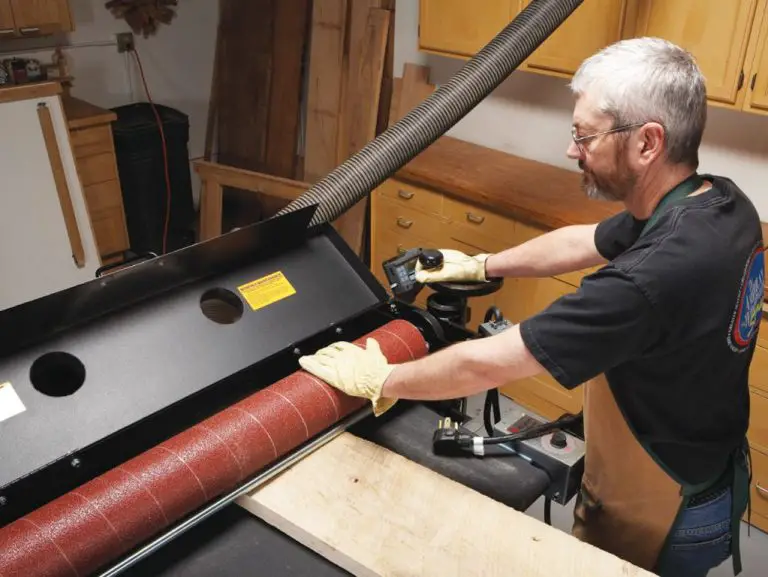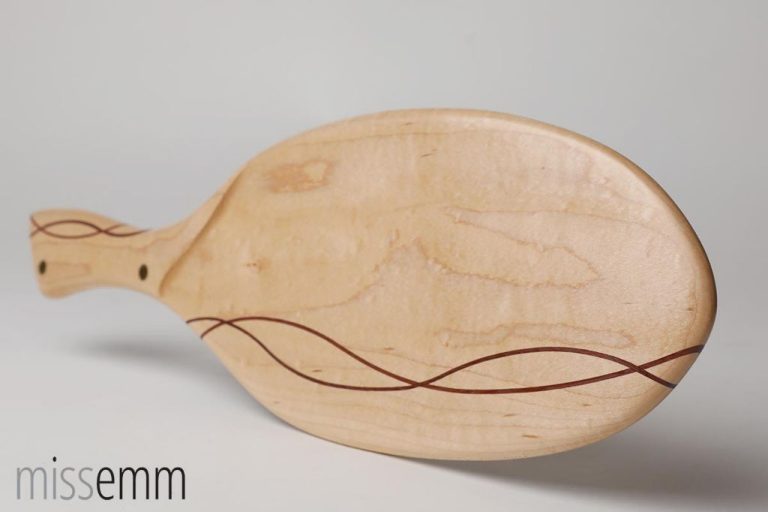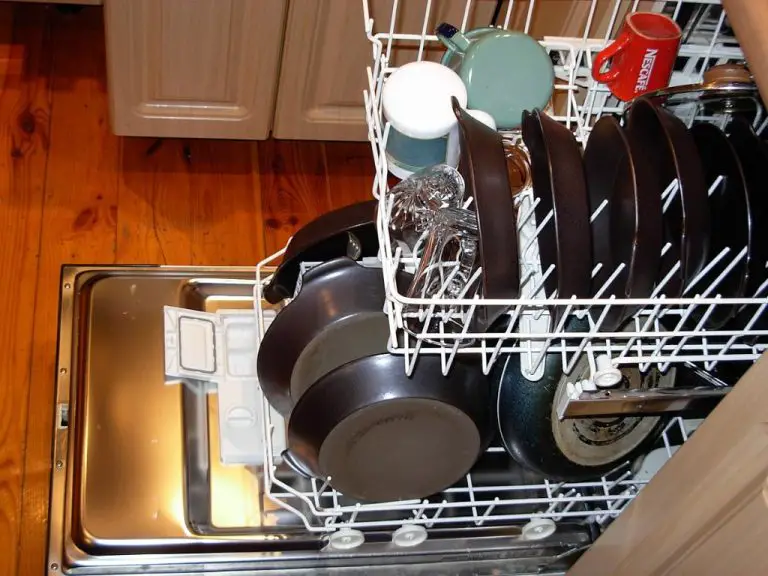How Do You Make Cute Easy Clay Animals?
Making adorable animals out of modeling clay is a fun craft that allows you to let your creativity run wild. With just a few simple shapes and some basic sculpting techniques, you can create an endless variety of cute critters. Clay is an easy material to work with, and with a bit of practice you’ll be able to craft incredible clay figures.
The type of clay you use can range from natural clays like air-dry terra cotta to manufactured clays like polymer clay. Polymer clay is lightweight and easy to work with, sets hard when baked, and comes in a rainbow of colors. You’ll also need some basic sculpting tools like a rolling pin, clay cutting wire, and acrylic roller.
Gather Materials
Making cute clay animals is easy if you have the right supplies. Here are the main items you’ll need to get started:
- Air-dry clay – Polymer clay that dries and hardens at room temperature. Look for an air-dry clay that’s lightweight and easy to sculpt. Some good options are Das air dry clay or Model magic.
- Clay sculpting tools – Items like sculpting knives, loop tools, and dotting tools. These help shape and add details to the clay. Clay shapers and silicone tipped tools are great for smoothing edges.
- Acrylic paints and brushes – Acrylic paint works well for adding color since it adheres to the clay nicely. Get an assortment of paint colors and some small, fine tipped brushes.
With these three art supplies on hand, you’ll be ready to sculpt cute clay critters!
Sculpt Basic Shapes
Making cute clay animals starts with sculpting basic shapes that will form the bodies. Balls, eggs, and snakes are simple shapes to sculpt out of clay that allow you to then mold animals.
To form the clay into basic shapes:
- Roll clay into balls between your palms to form rounded shapes for heads or bodies.
- Roll and flatten balls into oval or egg shapes for animal torsos.
- Roll clay into logs or snakes by rolling it back and forth on a flat surface with your palms.
Using clay sculpting tools allows you more precision and detail when forming these foundational shapes. Sculpting tools like loop tools, ribs, and dotting tools can refine the shapes further.
Create an Alligator
Alligators are fun and easy clay animals to sculpt. Start by rolling a ball of clay into an oval shape for the body. Make one end pointed to create the alligator’s snout. Use your fingers to elongate and flatten the snout into the classic alligator shape.
Next, roll four smaller balls of clay for legs and press them into the body, two in the front and two in the back. Create a long, tapered tail by rolling more clay into a cone and smoothing it onto the back of the body.
Finish up your alligator by adding teeth. Make lots of small pointy triangles and stick them along the edges of the snout. You can use a toothpick or sculpting tool to imprint ridges on the teeth for extra detail.
With simple steps you now have a cute alligator model ready for baking and painting. The possibilities are endless when sculpting clay animals.
Make a Turtle
Making cute clay turtles is easy and fun. Start by forming an oval shape for the turtle’s body and head. Roll the clay into a ball and gently press down to flatten it into an oval. Make sure to leave a slightly narrower section at the top for the turtle’s head.
Next, use a toothpick or skewer to mark indents on the bottom of the oval for the turtle’s legs. Then, roll four small balls of clay for the feet and legs. Attach the legs by pressing them into the marked spots on the underside of the body. Make the back legs slightly bigger than the front.
For the tail, roll another small piece of clay into a short cylinder or cone shape. Then, attach this to the back of the oval body. The tail can stick out straight or curl a bit for a cute effect.
Once the basic body, legs and tail are formed your little turtle sculpture is ready for decorating and bringing to life!
Craft a Pig
A pig is a fun easy clay animal to sculpt. Start by shaping an egg-like oval to form the pig’s body using a ball of clay. Gently pull and pinch one end to craft a tapered nose or snout. Add two small balls of clay to the bottom for legs. Attach slightly larger balls of clay on each side of the head for ears.
To make the legs, roll two small balls of clay into short cylinders. Flatten each end and attach to the bottom of the body, spacing them apart. For the ears, roll two balls into teardrop shapes, pinching one end into a slight point for detail. Attach these to the head on either side, just behind the snout. Model the clay with your fingers to blend the parts together. Now you have the basic shape of an adorable pig!
Build Arms and Legs
Rolling clay into long, narrow shapes like snakes is a great way to create arms and legs for animal sculptures. Start with a small ball of clay about the size of a large marble and roll it between your palms to form a tapered cylinder. The “snake” should be slightly thicker at one end for attaching to the body, then narrow down to a rounded point for the limb’s endpoint.
Use a toothpick or skewer to gently press the thicker end of the snake onto the animal’s body where you want the limb to be attached. The softer clay will adhere easily. Create pairs of front and back legs, angling the legs into natural poses. For arms, attach the snake ends onto the upper body where shoulders would be located. Add bends into the snake shapes if desired to portray elbows or knees before the clay fully hardens.
Add Fun Details
The fun details really bring your clay animals to life. Consider adding things like:
- Eyes – Add cute dot eyes by pressing a rounded tool into the clay. For more realism, make oval cutouts for the whites of the eyes and fill with a smaller colored dot.
- Mouth – Use a knife or straw to cut a smile, or make indents for fangs with a toothpick. You can also add a clay tongue.
- Nose – Roll a tiny ball of clay for the nose and secure it with slip. Make nostrils by pressing into the clay with a pen cap.
- Ears – Shape triangle ears and attach them to the head with slip. Pinch the bases to taper them.
- Feathers or Scales – Add interest by imprinting feathers or scales into the clay with tools.
Get creative with the details to give your clay animal its own personality! Add wings, hair, horns, spots, etc. The options are endless.
Bake Clay Pieces
Baking the clay pieces is an essential step to set the clay and make your sculptures durable. Follow the baking instructions on the clay package carefully. Most clays require baking at 275°F for 15-20 minutes per 1/4 inch of thickness. Baking times may vary a bit depending on the size and thickness of your sculptures.
Place your clay pieces on a cookie sheet or baking pan before putting them in the oven. Make sure the pieces are spaced out and not touching each other. Set a timer for the recommended baking time.
When the timer goes off, carefully remove the pan from the oven. Let the clay pieces cool down fully before handling them. Cooling them slowly prevents cracking or breakage. Once cooled completely, the clay will be hardened and your sculptures will be ready for the finishing touches like painting.
Paint Details
Once your cute clay animals have been baked and fully hardened, it’s time to bring them to life with paint! Acrylic paints work great for adding vibrant colors and details to polymer clay creations. Start by giving your animals an overall base coat in appropriate colors. For example, paint the alligator green, the turtle brown, and the pig pink.
Then use smaller paintbrushes to add additional colors for pattern and textures. The alligator might have black speckles, the turtle a yellow and green shell, and the pig black dots on its snout. Paint on any other details like eyes, noses, and mouths. Acrylic paint allows you to get creative with colors and designs!
Finally, seal your painted clay animals with a clear acrylic sealant or varnish. This will protect the paint from chipping or fading over time. Apply a couple coats of sealant, allowing it to fully dry between coats. Now your cute clay critters will stay vibrant forever!



